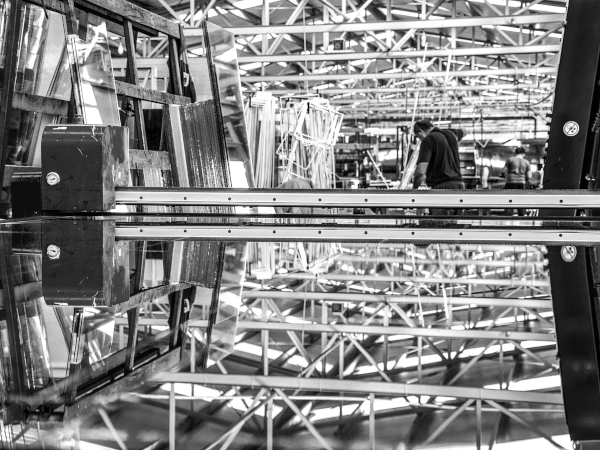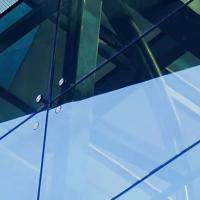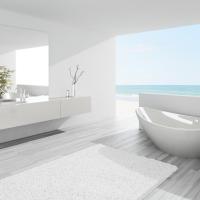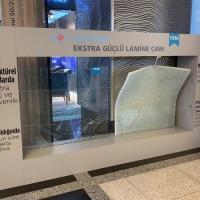Date: 20 November 2002
Based on a solid outlook for the global construction industry, demand for architectural glass is forecast to post above-average gains. In addition to stronger overall construction spending, the market for architectural glass will benefit from the greater use of value-added glazing products. Chief among these materials are double-glazed insulating glass units (IGUs), often incorporating low emissivity coatings, as well as new generations of security and fire-rated glass, self-cleaning glass and, further out, smart windows that promise unprecedented control and energy savings. These and other trends are presented in World Flat Glass, a new study from The Freedonia Group, Inc., a Cleveland-based industrial market research firm.
World demand for flat glass is forecast to increase nearly 4 percent per year to 4.1 billion square meters in 2006. Production of flat glass is forecast to increase 4.4 percent per year to 41.7 million metric tons in 2006, of which about 28 million metric tons will be high quality float glass. The remainder will consist of low quality float glass produced in China and Russia (which, with the exception of output from foreign-based joint ventures, is not considered competitive in international markets), as well as sheet glass and rolled glass.
In addition to a moderately strong outlook for global motor vehicle production, one favorable trend for glass suppliers will be the continuing popularity of larger vehicles such as sport utilities and minivans, which use more glass per unit than conventional sedans. Growth in market value will result from greater incorporation of value-added glass by OEMs, including advanced glazing products such as windscreens incorporating antennas for radios, cellular phones and navigation systems; laminated sidelites for enhanced safety and security; and heads-up displays. In addition, rising motor vehicle utilization rates worldwide are expected to create larger automotive glass replacement markets.




















Add new comment